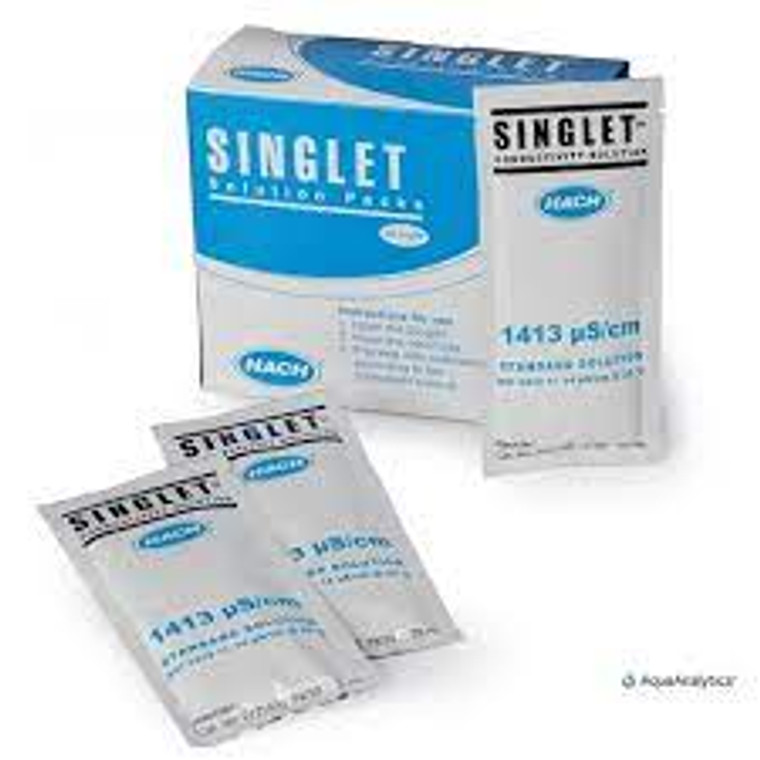
Pocket Pro + Pocket Tester - Conductivity Singlet Calibratio
Pocket ProPocket Pro + Pocket Tester - Conductivity Singlet Calibratio
Introduction
Conductivity singlet calibration is an essential process in the field of water quality testing. It ensures accurate and reliable measurement results by calibrating the conductivity meter to a known standard solution. In this guide, we will discuss how to conduct a conductivity singlet calibration using Pocket Pro and Pocket Tester.
Understanding Conductivity
Conductivity is a measure of a solution's ability to conduct electricity. It is affected by the concentration and type of ions present in the solution. Conductivity is commonly used as an indicator of water quality, as it can provide information on the presence of dissolved solids, chemicals, and other contaminants.
Importance of Calibration
Conductivity meters are precision instruments that need to be calibrated regularly to maintain accuracy. Calibration involves comparing the readings of the meter to a known standard solution and adjusting the meter accordingly. Without proper calibration, the measurements obtained may be incorrect, leading to erroneous conclusions and potentially harmful consequences.
Pocket Pro + Pocket Tester
Pocket Pro and Pocket Tester are compact and portable conductivity meters that offer accurate measurements on-the-go. They have a built-in temperature sensor and automatic temperature compensation, making them ideal for field use. These meters are widely used in various industries, including environmental, pharmaceutical, and food and beverage.
Conductivity Singlet Calibration
To calibrate Pocket Pro or Pocket Tester, you will need a known standard solution with a specific conductivity value. The meter's manual should specify the recommended calibration solution. Typically, solutions with low (e.g., 84 μS/cm), medium (e.g., 1413 μS/cm), and high (e.g., 12880 μS/cm) conductivity values are used for calibration.
- Turn on the meter and let it warm up for a few minutes.
- Rinse the conductivity cell with deionized water and dry it off with a lint-free cloth.
- Place the cell in the calibration solution and allow it to stabilize for a few minutes.
- Set the meter to conductivity mode and adjust the temperature if necessary.
- Press and hold the CAL button until "CAL" appears on the display.
- Dip the cell into the calibration solution and wait for a stable reading.
- Adjust the meter's calibration knob to match the value of the standard solution.
- Rinse the cell with deionized water and dry it off before use.
It is recommended to calibrate Pocket Pro or Pocket Tester before each use to ensure accurate measurements. Additionally, regular maintenance and cleaning of the meter are crucial for optimal performance.
Conclusion
Conductivity singlet calibration is a vital step in ensuring accurate and reliable water quality testing results. Pocket Pro and Pocket Tester offer a convenient and efficient solution for conducting conductivity singlet calibration in the field. By following the steps outlined in this guide, you can ensure that your meter is properly calibrated and provide accurate measurements every time. Remember to regularly check and calibrate your meter to maintain its accuracy and prolong its lifespan. So, it is essential to have a good knowledge of the calibration process and follow it diligently to achieve precise and reliable results. With Pocket Pro and Pocket Tester, you can confidently conduct conductivity measurements in any environment with ease. Happy testing!





